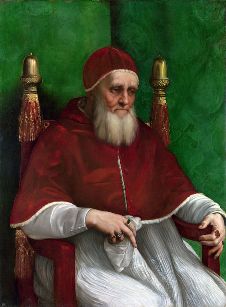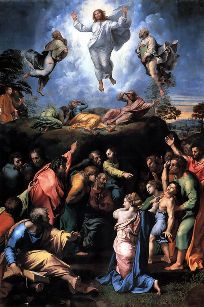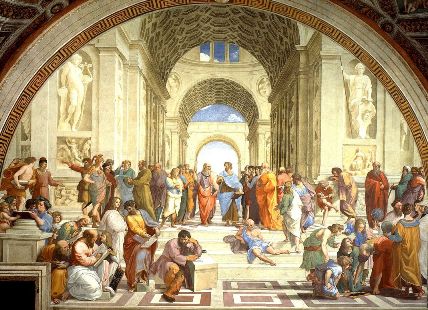Biography of Raphael : Painter and artist in Renaissance
Learn about the biography of Raphael, Italian artist, architect, and painter of the High Renaissance art movement.

Who is Raphael ?
Sanzio Raffaello da Urbino Raphael, whose actual birthday was March 28 or April 6, 1483–April 6, 1520, was an Italian painter and architect during the High Renaissance. His art is praised for its simplicity, clarity, and ability to visually realize the Neoplatonic ideal of human grandeur. He is one of the three well-known Renaissance masters, along with Michelangelo and Leonardo da Vinci, who make up the classic holy trinity.
Biography of Raphael
Where did Raphael grow up?
In the central Italian Renaissance city-state of Urbino, Raphael was born. One of Italy’s cultural epicenters and a city where artists thrived was Urbino. Giovanni, his father, worked as a poet and artist for the local duke. Raphael’s father taught him the fundamentals of painting when he was a young child.
Raphael’s father passed away when he was only eleven years old. Raphael developed as an artist over the ensuing years. He developed a reputation as one of Urbino’s most accomplished artists while operating out of his father’s workshop.
Training to be an Artist
Raphael relocated to Perugia at the age of seventeen and spent four years working under the renowned painter Pietro Perugino there. He kept honing his craft, taking inspiration from Perugino while also forging his own style. Raphael relocated to Florence in 1504. Now regarded as a master painter, he accepted contracts from a variety of clients, including the church.
Raphael examined the creations of famous artists like Michelangelo and Leonardo da Vinci. He adopted many of their methods and styles while retaining his own distinctive flair. Raphael was regarded as a sociable and cordial artist. He was well-liked and his company was enjoyable.
Painting for the Pope
Raphael’s reputation reached Rome by 1508. Pope Julius II invited him to embellish a few of the “stanze” (or chambers) at the Vatican. Here, Raphael created The School of Athens, his most famous painting. When he finished the rooms, he was regarded as one of Italy’s greatest artists.
Raphael’s works are renowned for their variety, grace, power, and dignity. His creations are “more lifelike than life itself,” according to one art critic. His creations are frequently held up as the pinnacle of High Renaissance and classical art. Many people think of him as one of the greatest artists of all time.
Raphael’s paintings
The School of Athens
Raphael created the fresco known as The School of Athens between 1510 and 1511. It was painted on the wall of the Vatican Palace’s library. Many Greek thinkers, including Plato, Socrates, Aristotle, Pythagoras, and Euclid, are depicted in the picture.
The Sistine Madonna
Raphael created the oil painting known as the Sistine Madonna in 1513. Raphael is renowned for his numerous depictions of the Madonna in various moods and scales. The two angels, sometimes known as cherubim, at the bottom of the artwork are currently its most well-known feature. These angels can be seen on a variety of contemporary items, including postcards, t-shirts, and stamps.

Portrait of Pope Julius II
Rafael painted a lot of portraits as well. Pope Julius II was depicted in this picture from the side and in a reflective expression, which made it quite distinctive at the time. It was used as a template for subsequent papal portraits.

The Transfiguration
In 1517, Raphael started work on The Transfiguration. It was one of the final works Raphael completed before his passing and was his largest canvas painting.

Architecture
Raphael was a skilled architect as well. In 1514, he was appointed the pope’s principal architect. In addition to working on other religious structures like Rome’s Chigi Chapel, he contributed to the design of St. Peter’s Basilica.
Facts about Raphael
- He went by Raffaello Sanzio da Urbino in his full name.
- Raphael was frequently viewed as Michelangelo‘s competitor because the latter didn’t like him and believed Raphael had stolen his ideas.
- Pope Leo X and Pope Julius II were personal friends of his.
- At Rome, Raphael had a sizable workshop with at least fifty apprentices and helpers. To collaborate with him, even other master painters traveled to Rome.
- When preparing for his main works, he constantly made numerous sketches and drawings.
Read also : Michelangelo Biography
 The First Encyclopedia Your First Knowledge Home
The First Encyclopedia Your First Knowledge Home

